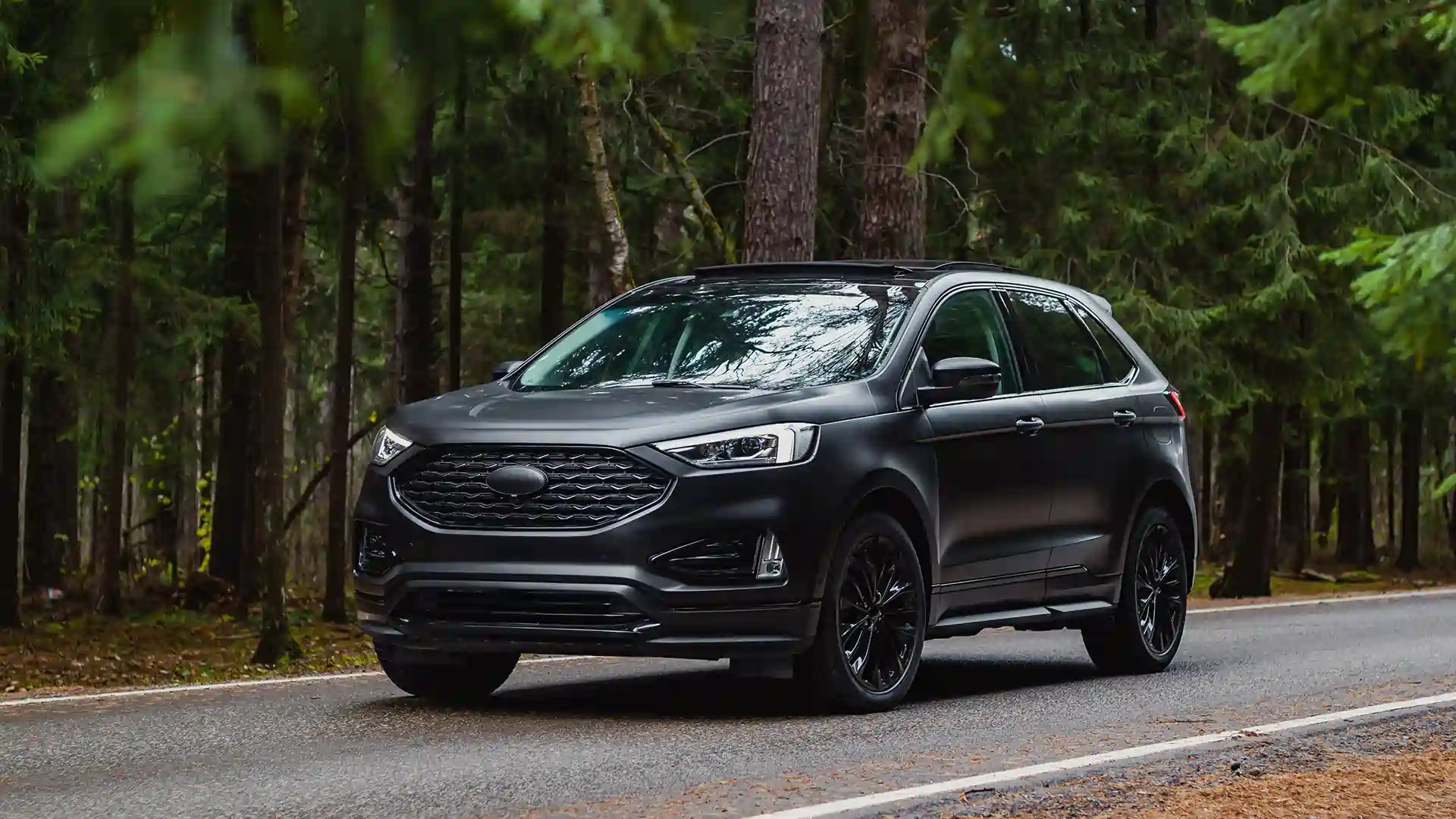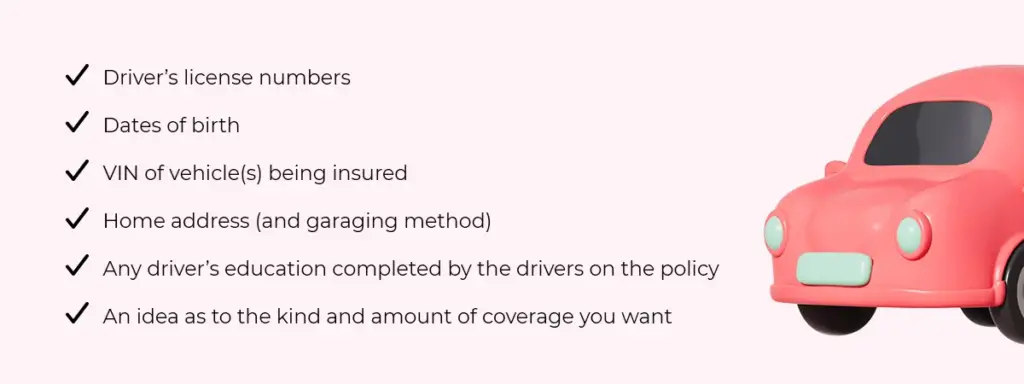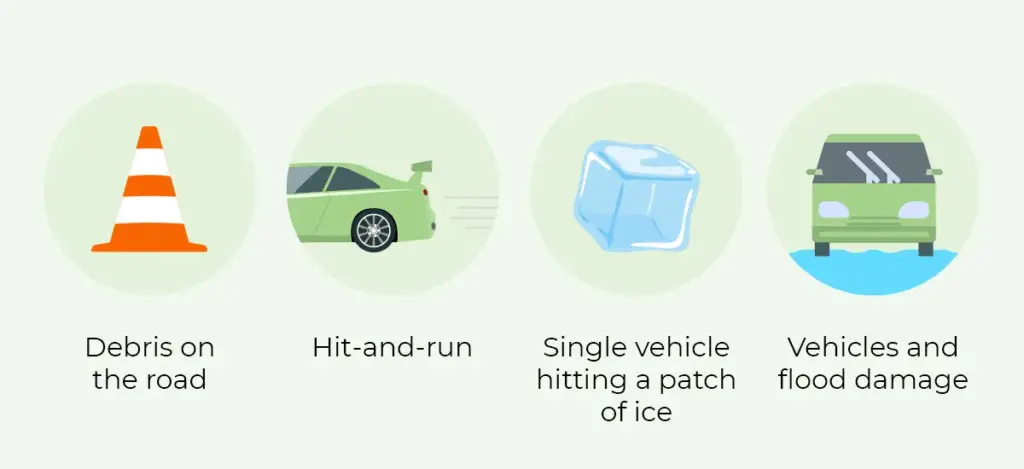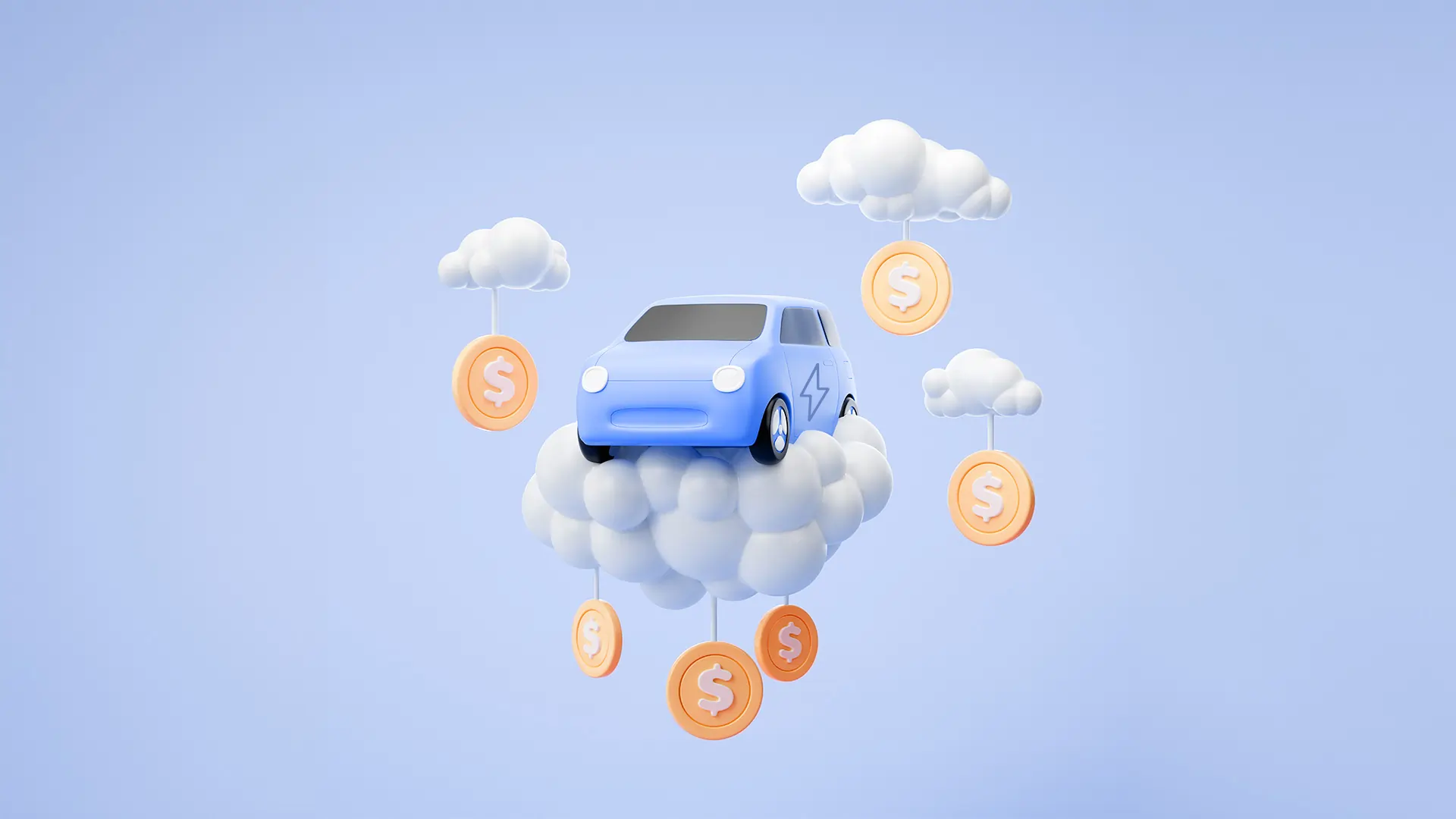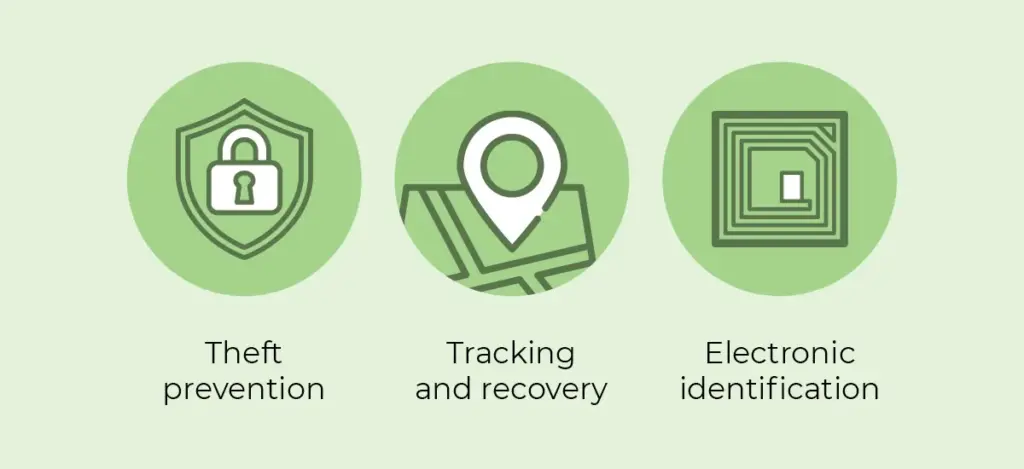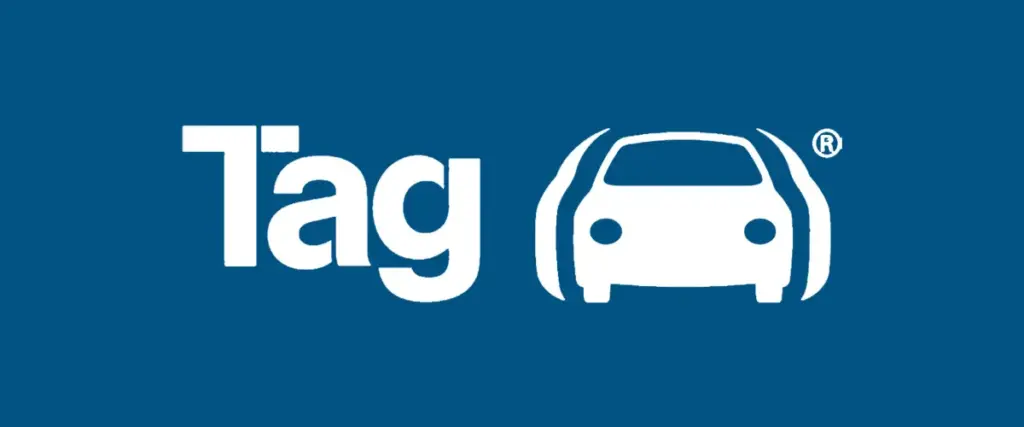Best car insurance companies for drivers in Toronto 2024
September 06, 2024
According to World Population Review, Toronto’s estimated 2024 population is 2,832,718. Of this population, 2,448,418 individuals are of legal age to operate a motor vehicle.
Although not everyone of driving age drives, a fair population in Toronto does. That’s a lot of people on the roads every day, increasing the risk for mishaps—and consequently the need for great car insurance. Who are the best car insurance companies in Toronto?
Key findings
- On average, the most affordable car insurance rates for Toronto drivers came from Aviva. Wawanesa was a close second.
- For our high-risk market drivers, Jevco was the most affordable by a stretch. Echelon was the second most affordable.
- Even though Aviva was the most affordable on average, some companies (CAA, Economical, Intact, and Wawanesa) had the best deal for a few of our drivers.
The rankings
In the lists below, we’ve determined the best car insurance companies based on rates for standard market drivers and high-risk drivers.
Best regular market
- Aviva
- Wawanesa
- CAA
- Intact
- Zenith
- Economical
- SGI
- Pembridge
- Commonwell
- Travelers
Best high-risk market
- Jevco
- Echelon
- Coachman
- Pafco
How we’ve ranked our Toronto drivers
The list below is made up of eight fictious driver profiles. Each of these drivers lives in Toronto, however they differ in age, gender, the vehicle they drive, and driving record to closer represent the individuality of our Toronto customers. What’s the best insurer for one driver may not be for another.
We kept the same coverages, deductibles, driving distances parking location, policy limits, etc. the same to ensure that these variables were kept fair.
Meet our drivers from Toronto
- Anne, 36, single, M4C, clean record
- Drives a 2015 BUICK ENCORE PREMIUM AWD
- Pascal, 48, married, M1R, at-fault accident in 2022
- Drives a 2019 CHEVROLET SILVERADO 1500
- Kadie, 29, married, M2H, speeding in 2021
- Drives a 2018 HONDA CIVIC LX
- Ammar, 27, single, M5A, clean record
- Drives a 2017 VOLKSWAGEN PASSAT 1.8T
- Chandy, 36, single, M4C, clean record
- Drives a 2015 AUDI A4 QUATTRO AWD
- Joseph, 64, married, M5T, clean record
- Drives a 2016 DODGE GRAND CARAVAN FWD
- Faying, 59, married, M6H, 2 counts speeding in 2021, DUI in 2023
- Drives a 2019 TOYOTA COROLLA SE
- Dean, 78, married, M5R, refuse breathalyzer in 2021, 2 minor at-fault collisions in 2023
- Drives a 2017 MAZDA MAZDA3 GX
Our rates
| Company | Anne | Pascal | Kadie | Ammar | Chandy | Joseph | Reg Avg. | Faying | Dean | High Risk Avg. |
| Aviva | $2,543 | $2,369 | $3,125 | $3,296 | $2,828 | $1,588 | $2,624 | |||
| CAA | $2,361 | $2,378 | $3,881 | $3,893 | $3,044 | $2,039 | $2,932 | |||
| Economical | $2,861 | $2,920 | $4,584 | $4,678 | $4,139 | $2,263 | $3,574 | |||
| Intact | $2,938 | $3,049 | $4,060 | $2,924 | $4,444 | $2,643 | $3,343 | |||
| Zenithl | $3,215 | $2,897 | $4,946 | $3,685 | $3,712 | $2,353 | $3,468 | |||
| Pembridge | $3,950 | $3,438 | $3,926 | $5,030 | $4,117 | $3,158 | $3,936 | |||
| SGI | $3,513 | $3,115 | $4,821 | $3,166 | $4,471 | $2,705 | $3,631 | |||
| Commonwell | $4,543 | $3,525 | $6,106 | $5,191 | $6,127 | $3,121 | $4,768 | |||
| Travelers | $5,028 | $5,124 | $9,348 | $6,228 | $7,260 | $4,644 | $6,272 | |||
| Wawanesa | $2,513 | $2,715 | $3,476 | $2,677 | $2,994 | $1,949 | $2,720 | |||
| Coachman | $12,267 | $14,878 | $13,572 | |||||||
| Echelon | $12,495 | $13,527 | $13,011 | |||||||
| JEVCO | $9,268 | $7,850 | $8,559 | |||||||
| Pafco | $16,294 | $12,279 | $14,286 |
Why is insurance so expensive for drivers in Toronto?

Car insurance is notably more expensive than other cities due to its notably high population, traffic, longer commutes, and busy highways. Most companies will see more claims from Toronto and the GTA due to the high theft rates, inflation, fraud, and collision rates, and they may charge more for drivers in those areas to offset future losses.
How reliable are these rankings?
Insurance prices are constantly shifting as the market evolves and as insurance companies try to stay on top of shifting claim trends. If a certain demographic makes more claims in a year, that insurance company may raise rates for that demographic. On the other hand, they may lower rates for that demographic for the opposite reason.
That said, these rankings may not change dramatically. Companies tend to have their specialty markets, and they may stay in the same spot to remain competitive.
By the way, we’ve also done a similar comparison for car insurance companies in the province of Ontario. Check out 2024’s list of best insurance companies in Ontario, where we cover price comparisons, what makes a company “best,” and more.
A car insurance broker can help you find great rates
Mitch works with plenty of Toronto drivers and helps them to find the most affordable rates. Selecting the best insurance company can be difficult without full access to the market, which our brokers have! We compare between dozens of great carriers to find you the best price.
And even though Aviva was the best car insurance company based on price for our Toronto driver profiles (and Jevco, for the high-risk drivers!) that doesn’t mean it will be the best for you. Give us a call or request a free quote today.
Looking for car insurance?
Speak with a Mitch Insurance broker today to get a quote on Ontario auto insurance.
Call now
1-800-731-2228





